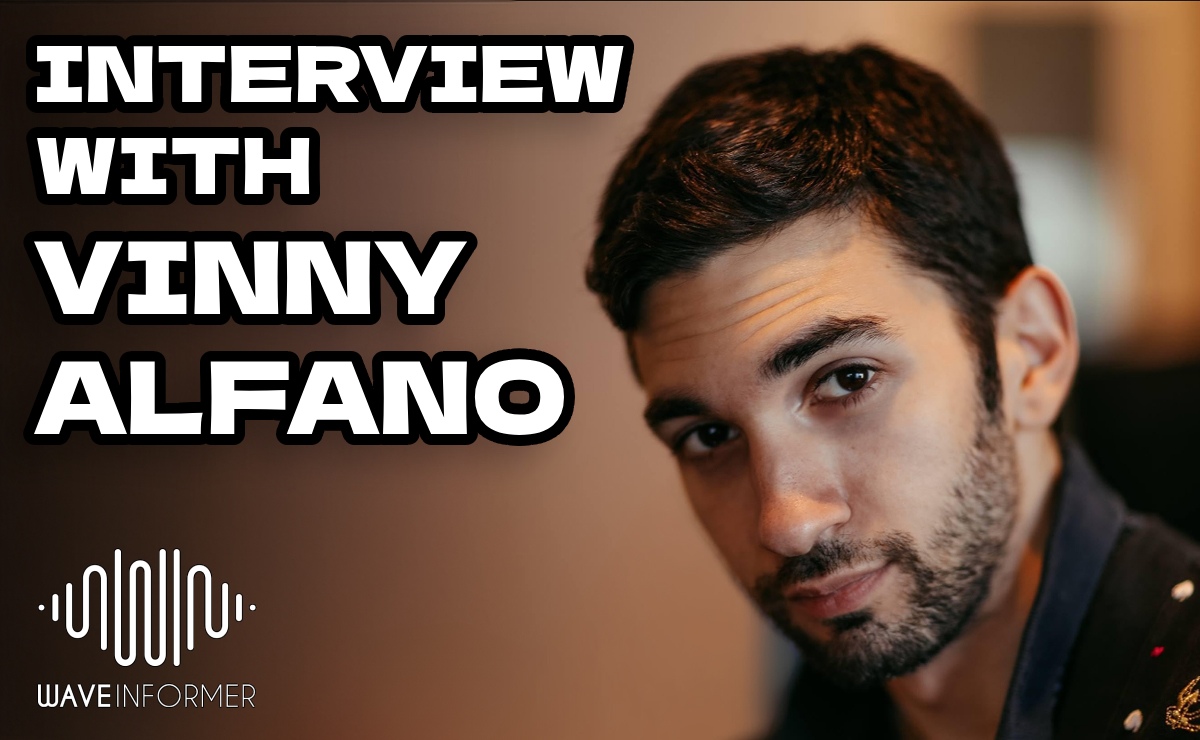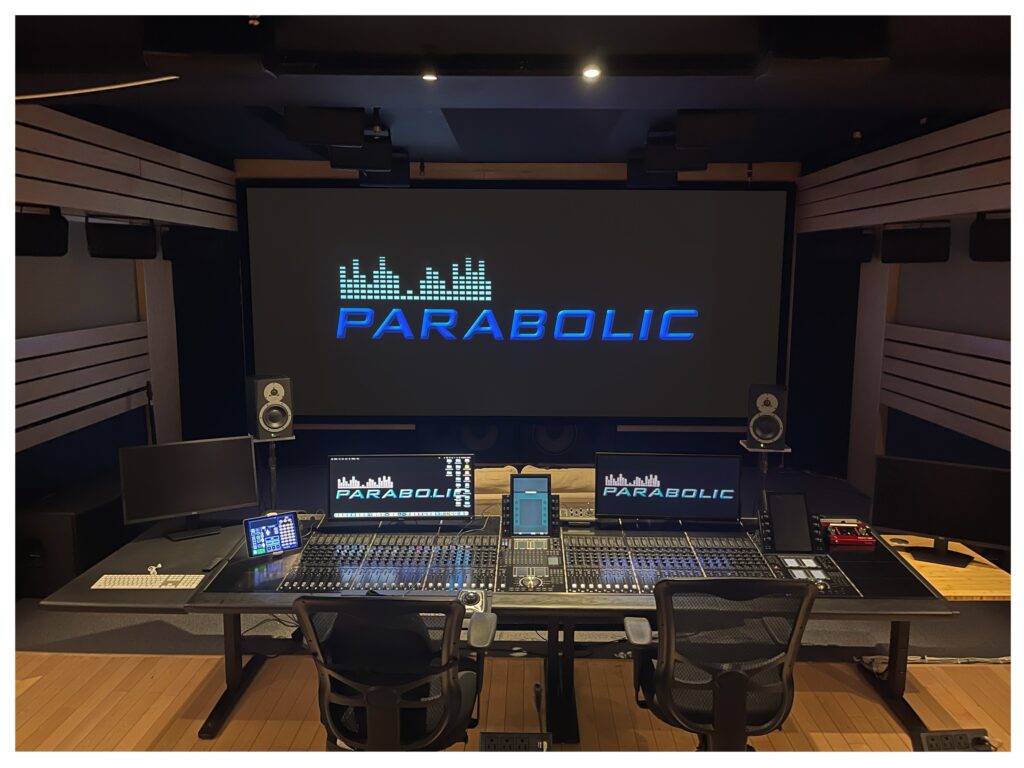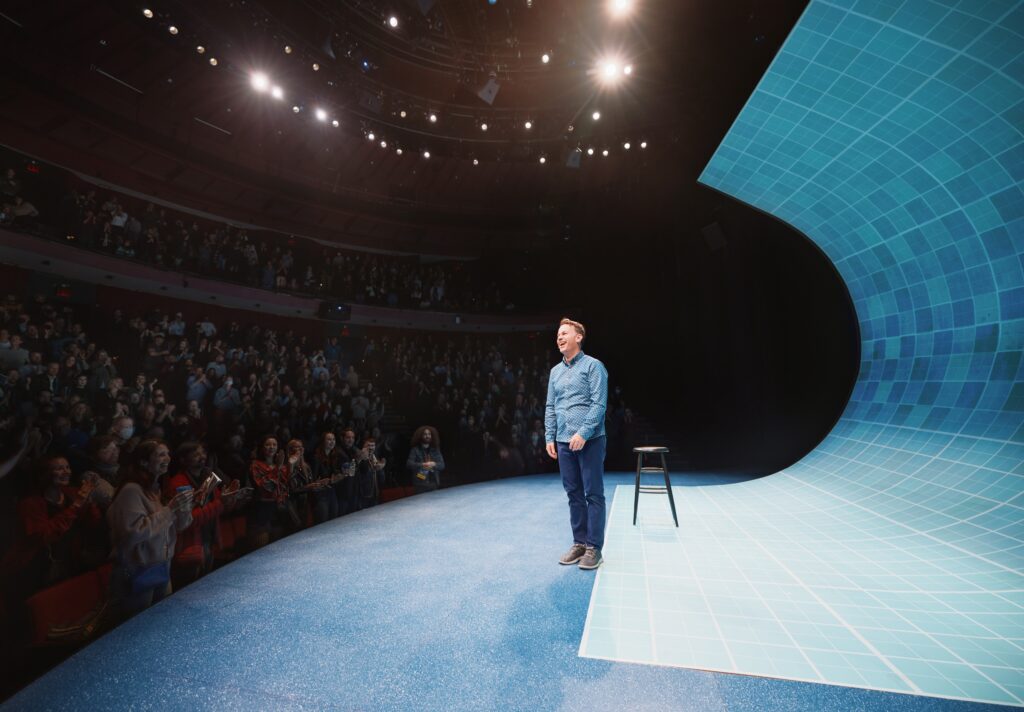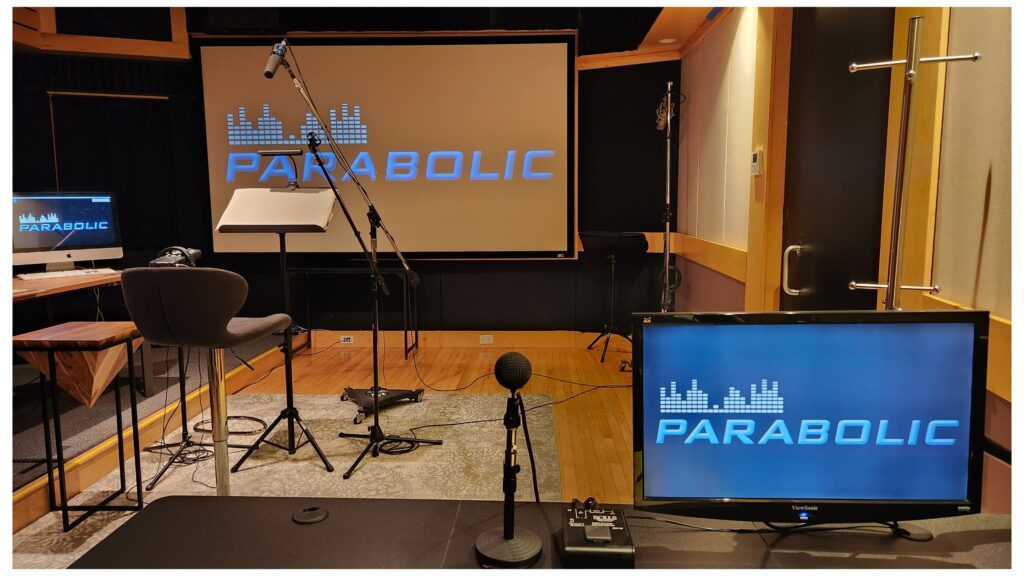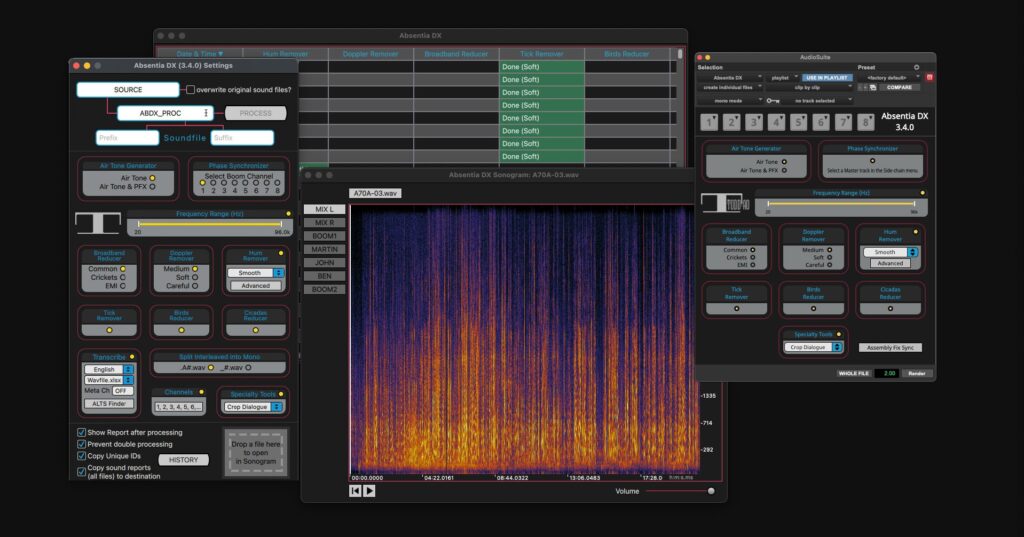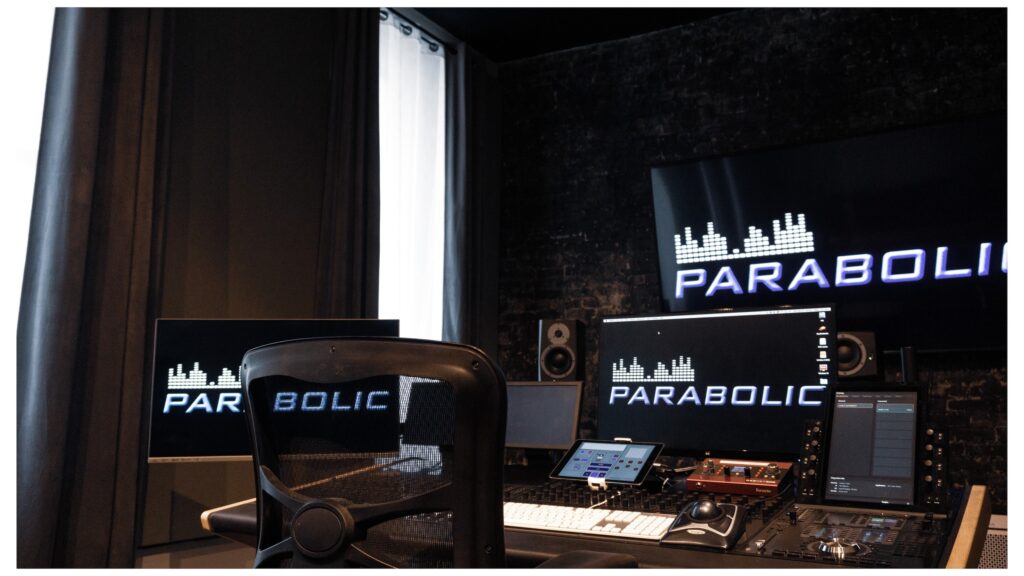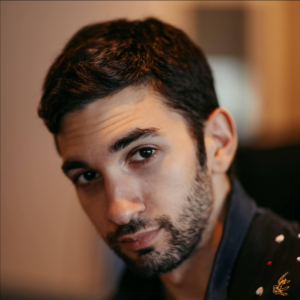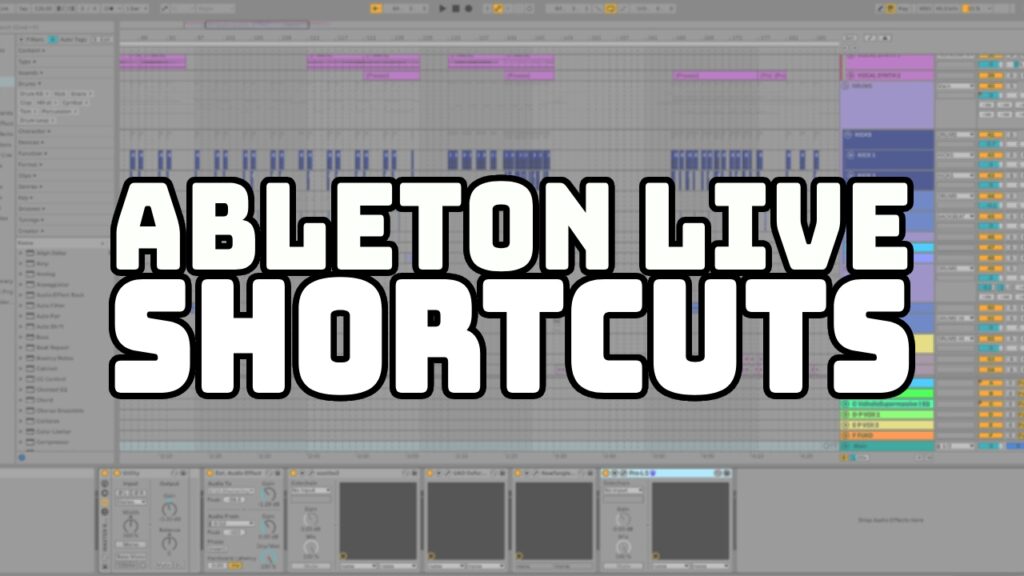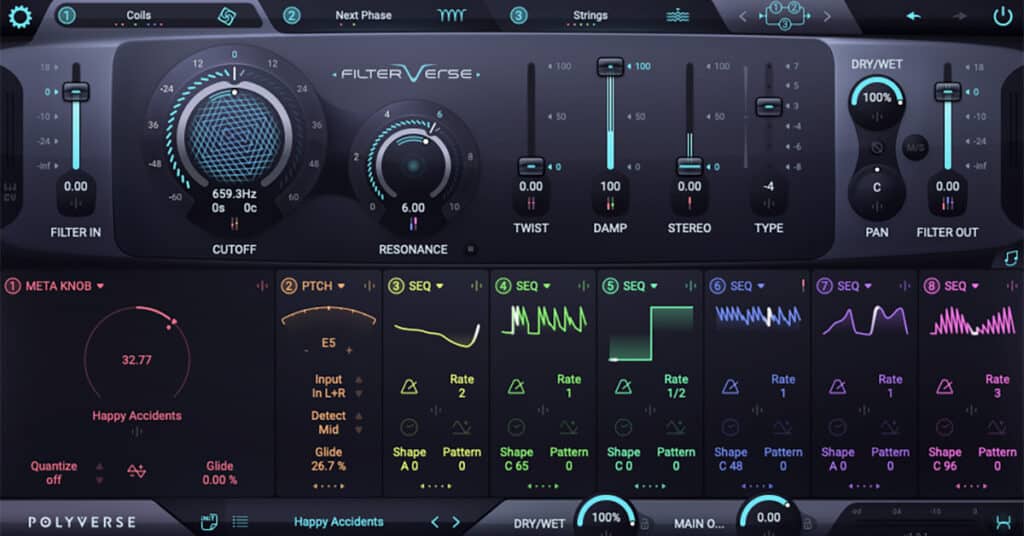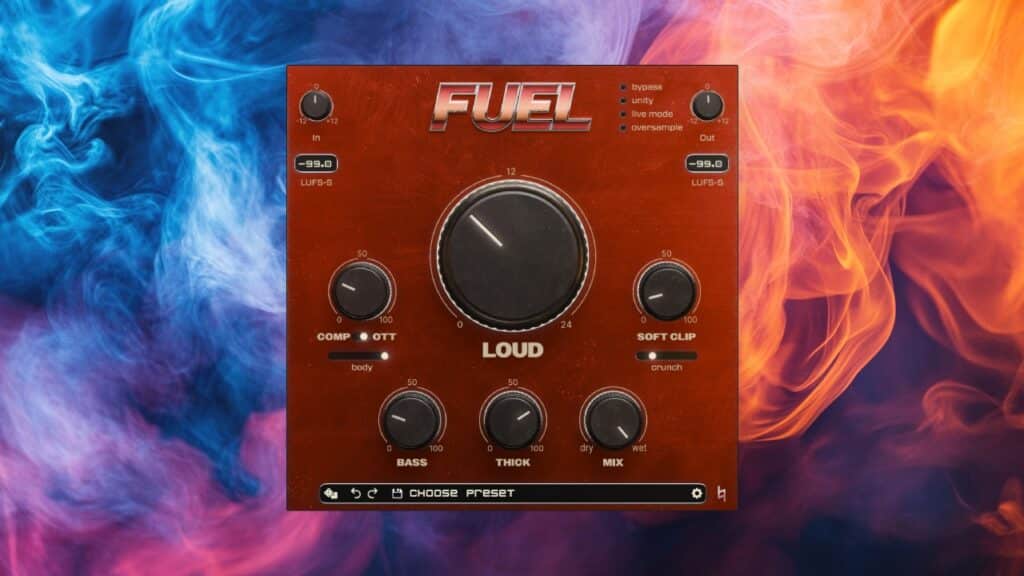Vinny Alfano has been doing audio engineering for comedy for quite some time now, working with some of the biggest names in the business including Sarah Silverman, Mike Birbiglia, and more. I was fortunate enough to have an opportunity to speak with Vinny about his career, his approach to engineering the human voice, and the varied technology he uses to accomplish his work.
Early Interest in Audio
Ian Vargo: Thanks for doing this, Vinny. Can you discuss your background and what got you interested in audio?
Vinny Alfano: Thank you so much for having me on Waveinformer! I started playing around with the guitar when I was eleven years old. By the time I was fourteen I was playing in bands on Long Island, sitting in with jam bands in Manhattan, and had a toe in the hot tub of the recording industry. When I was fifteen I started working at MotherWest Records, assistant engineering on sessions and playing guitar for singer-songwriters and sync music cues. My parents were adamant about going to college. I ended up attending Full Sail University because their degree program had the flexibility to graduate with a Bachelor’s in less than two years. I had wanted to get in and out of school as fast as possible to get back in the studio. After graduating I started working at Jungle City Studios as a runner/assistant. Jungle was a crash course in engineering I could have never imagined and I’m super thankful for the opportunity there. After two years at Jungle I started working at PlushNYC and moved away from music for a bit into audio post for commercials and TV. The Levesques were great mentors and I learned a lot from them about studio management and being a part of a larger facility. Later on I left Plush and have been at Parabolic since about 2018 mixing and editing TV shows and films. I get to sit in a big quiet room and sound comes out of these incredible speakers every day. It’s the best gig ever.
Mix Stage A at Parabolic
IV: What were some of your favorite projects early in your career and how did you get involved in mixing comedy specials for comedians like Sarah Silverman?
VA: Early on in my career as a sound editor, I was working as an assistant on shows like Broad City, The Last OG, The Detour, and a handful of other shows that just so happened to all be in the comedy genre. Working on those shows as an assistant and seeing how they were built from the ground up in terms of post production gave me a holistic view of what a show should sound like when it’s done, and also how sound can play a role as a comedic element.
My work as far as handling the audio for comedy specials all happened super fast, I was really fortunate to be in the right place at the right time. It all started with being asked to mix a few specials for Louis CK and then within about three years I also ended up mixing for Sarah Silverman, Mike Birbiglia, Iliza Shlesinger, and a handful of other comedians. It was a domino effect of a comedy rush and I’m thankful that it happened.
Transitioning to Audio Engineering for Comedy
IV: What about working in audio engineering for comedy was attractive to you?
VA: I love going to stand up comedy shows, living in New York City, it’s hard to not find a show happening on any night of the week. Whether it’s Gotham, Fat Black Pussycat, Comedy Cellar, or an indie pop-up show, you never know who you’ll see jump on stage. There’s an art to the performance aspect that I really respect, and having become friends with some of the comedians I’ve worked with has given me an even deeper appreciation for the craft, seeing them first hand come up with bits or work through jokes. In terms of my part of a Special during the mix, Stand Up Specials are fun to work on because they keep you laughing the whole time. Who doesn’t like to laugh while they’re working? It’s a lucky gig to have!
The beautiful and immersive set for Mike Birbiglia’s The Old Man and The Pool, Photo Credit: DEADLINE
IV: Mike Birbiglia’s The Old Man and The Pool sounds more refined and immersive than other comedy specials, can you describe how you crafted the sound for the special?
VA: Thank you so much for the kind words! The Old Man and The Pool was a lot of fun to mix and I’m really grateful to have been a part of it. One of the luxuries of working on a production of that scale is that we had about fifteen mics to work with in the mix process. Jon D’Uva is an incredible production sound mixer, anytime I see his name attached to a comedy special, I know the recordings are going to sound fantastic and we’re going to have a ton of mic options. Taking all of those mics and placing them in the 5.1 surround sound field is what gave it that immersive quality. We tried really hard to maintain the integrity of what happened the night of the show, and to translate that energy into a Special that people could watch on Netflix at home and feel like they’re there in the Theater at Lincoln Center.
IV: How did the emotion of the performance inform the decisions you made mix-wise?
VA: We really tried to follow Mike’s lead in terms of the energy, emotion, and the story he was conveying to the audience during the show. When he’s digging into a bit and the laughs are rolling we wanted to translate that feeling through the mix. When he gets intimate and is telling personal stories about his father and his daughter, we bring things down to earth. Keeping the sound dynamic in sync with the story was imperative to the piece and I hope we did a good job in trying to accomplish that.
Recording the Human Voice
IV: You’ve also worked on ADR recording for TV Shows like Russian Doll and The Other Two, it seems like you really enjoy working with the human voice. What constitutes a quality voice recording to you, and how do you go about capturing the voice?
VA: There is a flow of information that comes from the human voice. It can convey so much with such little information which is why it’s a huge sonic storytelling element in a film or TV show. A great voice recording for me, has little to no noise/room on it, is dynamic, it feels natural, and most importantly it does the job of fitting the context of what we’re looking to accomplish. With ADR specifically, we have to make sure that the line we’re recording matches the performance, tone, and timbre of the lines before and after it. Otherwise it’ll sound disjointed and won’t jive well with the production audio, or the storyline. With ADR, the aim is to make sure these new recordings integrate with the previous recordings as seamlessly as possible.
ADR Stage B at Parabolic
Essential Technology
IV: Are there any software or plugins that help you do your job better?
VA: I work mainly in Pro Tools, it’s the industry standard and it allows for limitless creative flexibility. iZotope RX and Absentia DX are key for cleaning up dialogue and production audio. FabFilter is my favorite EQ due to its extremely wide list of capabilities and ease to operate. Sound Toys is fun to play around with, you can come up with crazy sound design-ish elements with any of their plugins. We’re in a time period where technology gives us complete creative freedom, it’s awesome.
Absentia DX, a comprehensive set of noise reduction tools
IV: You’re currently working out of Parabolic in NYC? What’s your favorite part of working there?
VA: It’s an incredible feeling to be surrounded by kind, talented, amazing people every day. The staff has a personable family vibe that you don’t get at larger studios and the space feels like home. Lew Goldstein has created a really unique technical environment that allows for extremely flexible workflows depending on what needs to be done any given day, on any given project. The way we use technology here is quite different from other studios, it’s the open and experimental mindset at play here that gives Parabolic its edge. The facility design is nothing short of stellar and having worked at many studios all around New York, I can say with confidence Stage B is the largest, quietest room I’ve ever worked in, in Manhattan. And who doesn’t love a full snack bar and bar cart?
Mix Suite C at Parabolic
IV: Do you have any advice for anyone interested in audio recording and mixing as a career?
VA: Make a list of ten studios you want to work at and try to get a foot in the door somehow. Cold email, go there in person and drop off a resume, do what you have to do to let them know you exist. Study and continuously be a student. There’s a world of information called the Internet and it’s at our fingertips. Learn as much as you can. Be kind to everyone. Please include your cell phone number in your email signature.
Vinny’s Bio: Vinny Alfano is a born-and-raised New Yorker and Grammy-winning sound mixer, whose past credits include
Emily in Paris, Uncoupled, and It’s Personal with Amy Hoggart. Vinny has also built a reputation as the go-to
mixer for some of the industry’s most prominent comedians, mixing such specials as Mike Birbiglia: The Old Man
and the Pool and Sarah Silverman: Someone You Love, winning a Grammy for the latter. Vinny began his career
in the music industry, working as a session guitarist and recording engineer. He soon began mixing, working on
various commercials before transitioning into TV and film, not to mention the occasional video game. Still based
in Manhattan’s Flatiron District, Vinny and his colleagues at Parabolic NY continue to provide a full suite of
audio post-production services for a wide range of creative projects.

